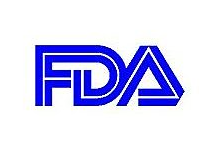FDA Advises Checking Epinephrine Labeling Before Administering
FDA warns veterinarians to take extreme care in dosing epinephrine products.

In June 2017, The Food and Drug Administration (FDA) required labeling changes to 3 critical care medications that are approved for use in people and are also used in veterinary medicine. Veterinarians who use these products in animals should be aware of these changes.
The labeling changes affect epinephrine injection, isoproterenol hydrochloride injection, and neostigmine methylsulfate injection for use in people. The FDA is requiring drug manufacturers to remove ratio expressions of strength (eg, 1:1,000 and 1:10,000) from the labeling of these products.
Strength will now be expressed only as the amount per unit of volume (mg/mL). For example, once these changes are made, the labeling for Epinephrine Injection, USP, 1:1,000 will state Epinephrine Injection, USP, 1 mg/mL.
Several reports of medication errors in human patients indicated that medication strength expressed as a ratio on product labeling was confusing to health care providers and contributed to the errors.
Today, the FDA updated its warning specifically to alert veterinarians and veterinary pharmacologists that the strength of epinephrine may be expressed differently on the labeling of certain human and animal epinephrine products.
To avoid dosing errors, veterinarians should review labeling carefully prior to administering the medication to determine whether the dose is expressed as mg/mL or as a ratio. The FDA further recommends that veterinary emergency dosing charts include epinephrine products that are labeled both ways in order to reduce confusion and potential dosing errors.